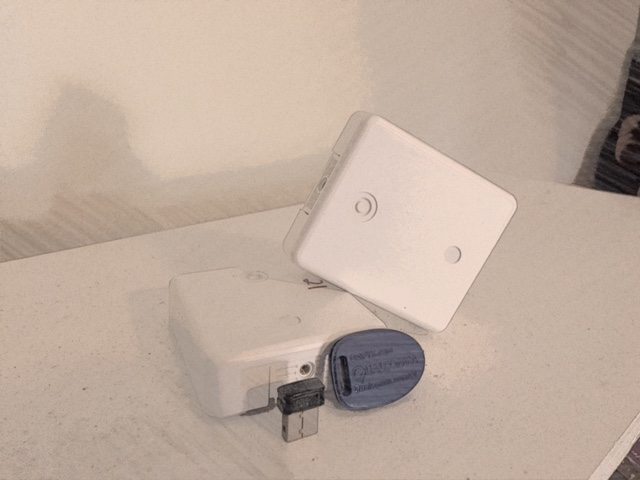Create a self-guided mobile tour with iBeacons
iBeacons have become a hot new tool for mobile media and location based intelligence. iBeacons are an effective tool to trigger content and events in user’s smart phones in indoor areas and smaller spaces where GPS triggers are not as accurate.
Many customers come to us with visions for iBeacon tours to engage their visitors. While they can enhance the experience for some tours, it is important to understand the benefits and limitations before making the recommendation to use iBeacons. This technology can certainly enhance a location based app. Let’s look at several key factors determine if they are the right solution.
What are iBeacons?
iBeacons use Bluetooth technology to communicate with mobile devices in a 5-30 foot radius. When a visitor walks into that range (and they have a connected app on their device) they will receive a notification. For a mobile app tour, iBeacons are placed next to points of interest. When a visitor enters the iBeacon radius, they will receive a notification or information about that point of interest that displays within the app. It is important to note that when the visitor downloads the app, they must allow Bluetooth and notifications. This enables their phone to monitor for the iBeacons and allow the notification to come through.
When to use iBeacons
iBeacons should be used to trigger information in tours that would not work with Geo-fences or GPS triggers. Why? It is always easier to use the device’s GPS hardware to trigger location information – since the hardware comes inside the device and does not require additional maintenance – or Bluetooth technology. iBeacons will be the best choice in indoor spaces where the GPS signal is weak or if the points of interest are closer than 30 meters together (the minimum range for accurate GPS triggers). Correctly placed and configured, the iBeacons allow visitors to connect what they are looking at in real time with information and commentary in the app. The iBeacon is placed next to a point of interest and then when the app comes within the ibeacon radius, the app opens to information about that point of interest.
Limitations of iBeacons
- Cost of purchasing the iBeacons and maintaining them – such as replacing batteries and general wear and tear.
- Visitor needs to ‘allow’ Bluetooth to receive the information in the app. This setting reduces battery life and some people it find invasive.
- Not all visitors will choose to allow the notification.
- Not all visitors want external triggered content. Many visitors prefer to control their own experience and choose which information in the app to view or listen to. Therefore, it is essential that you can provide an intuitive interface for these visitors to easily find and view information.
When to use GPS Triggers and Geo-fences
Driving tours and walking tours that span a large area work best with GPS triggers or Geo-fencing. GPS triggers and Geo-fencing function with GPS coordinates and the phone’s location, no iBeacons required. The radius can be set for both GPS triggers and Geo-fences so that the information will trigger when the visitor enters the radius. As mentioned, the minimum reliable radius for GPS technology is about 30 meters.
How to set up iBeacons
Tour Buddy has partnered with Gimbal to use their iBeacons and software exclusively. We have chosen this strategic partnership because Gimbal iBeacons are high quality, long lasting and reliable. iBeacons run batteries, which die. The battery of a Gimbal iBeacon lasts up to 18 months but we recommend replacing them every 12-14 months to ensure that they are always working.
When setting up an iBeacon tour we recommend testing every iBeacon and signal to verify that it is well placed and facing the best direction to optimize the triggers. We also recommend placing them so that the flat part faces the direction of the mobile devices to improve accuracy.
iBeacon radius accuracy
iBeacons are more of an art than a science. There are several factors that affect the accuracy.
- Battery life: For some brands of iBeacons, if the battery is strong, the radius will be larger. Then, if the battery is weak, the trigger radius will be smaller.
- Objects and People: If the device has a clear path to the iBeacon, the radius will be larger, if the path is blocked by walls, objects and people, the radius will be smaller and it may not trigger at all.
What Next?
It is important to consider your visitors’ experience, evaluate the physical space and your resources for providing and maintaining the tour. With an experienced mobile app team, you will be able to create the best tour for your visitors.
We would love to discuss the best solution for your location.
Contact us:



